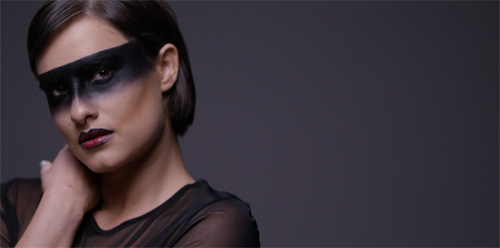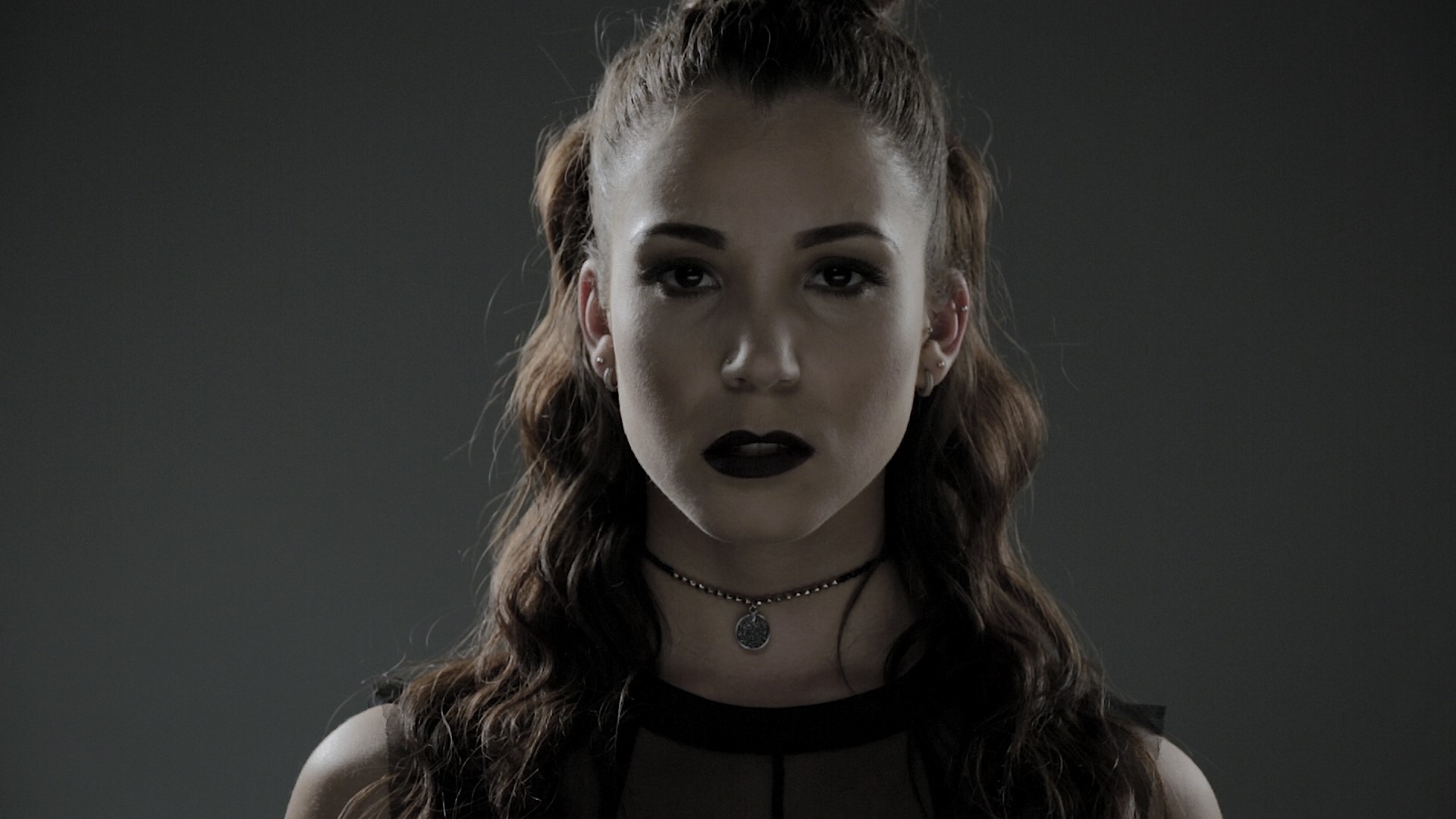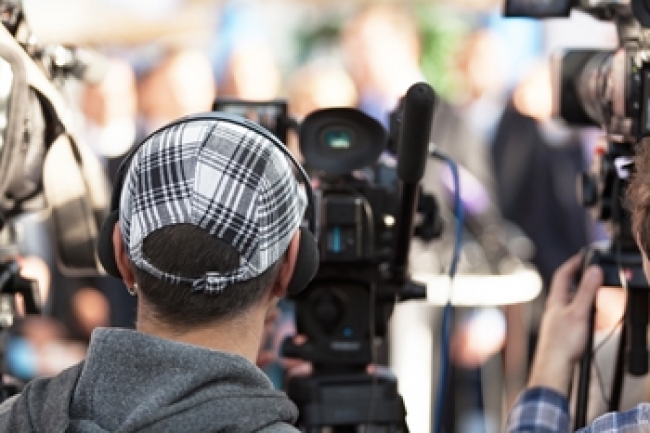You’ve recorded a song – congratulations! Now your mind turns towards the next step for promoting your tune. It’s a big job to conceptualise, plan and create a music video, but when done right, a visual accompaniment to your song says so much about you as an artist and is an essential asset for online and broadcast promotion.
The next step is to find a group of knowledgeable people to make your video - this could be a collection of individual freelancers you manage yourself, or a music video production company. You will also need a budget to spend on crew, equipment, props, locations and any talent (actors/dancers) required.
The first individuals you will need to get things going creatively is a Director and a Director of Photography (DOP). The Director’s job is to create the video, the DOP’s job is to make it look beautiful in the visual style chosen, and one of the first things they will want to decide is the camera to be used.
Cameras
The most commonly used DSLR is the Canon 5D which we use in our example here. Also popular are the Sony A7 and Panasonic Lumix GH4 Mirrorless Cameras.
The hi-end cameras include the RED Epic (our example) and the Arri Alexa Mini (popular because it’s easier to use for run and gun type footage).
The main difference between the two is all to do with the quality of the image they capture: the resolution. If you give an artist a blunt pencil and a sharp pencil they will be able to skilfully draw 2 equally well-composed pictures but with the sharp pencil they will be able to draw in more and finer detail into that picture. It’s the same for Cameras with higher resolution and more dynamic range such as the Red epic or ARRI Alexa.
Cost-wise expect to pay around £80-100 per day for the DSLR camera body (you must have insurance) and a minimum £500 per day for a Red or Arri.
Never forget that more important than the camera is the skill of the operator.
The choice of camera has a fundamental impact
on lenses, lighting, crew and cost.
Lenses
Regardless of which type of camera always invest in Prime Lenses and avoid zoom lenses. Lenses are how the camera sees. If you want the camera to see well you need to use good lenses.
Primes are the go to because they offer sharper higher quality images over zoom lenses, which have traded some of their quality for the ability to zoom. For most studio shoots zoom is not required or desired, so it makes sense to use the better equipment. Prime lenses are also ‘faster’, meaning they can shoot in lower light, giving you more creative freedom and offering a more cinematic look.
A typical range of lenses would include the following focal lengths: 14mm, 24mm, 35mm, 50mm, 85mm and 135mm.
Three of the Canon CN-E range of lenses (14mm, 24mm, 35mm, 50mm, 85mm and 135mm) can be hired for about £150-£200 per day.
Lighting
Lighting is the final ingredient, and is specific to each project. It’s the most important aspect of filmmaking from a cinematography point of view - it is what gives a shot it’s look and feel, more so than the camera or lenses. It doesn't matter what camera and lenses you have - if you haven’t got the right lighting the result won’t be good. In general terms, there are daylight balanced lights and tungsten lights - so where you are shooting tends to dictate what kind of lights you will use, as this will determine this basic lighting decision. No two DOPs will light a shot in the same way. There are multiple ways of achieving a look (e.g. film-noir) using different lights and equipment, so it’s tricky to generalise about the lights required and comes down more to preference. A DOP will specify the equipment they feel will best utilise the camera.
A capable DOP and gaffer can achieve a range of aesthetics during one shoot using the same equipment (e.g. film-noir then morning daylight), though only to a certain point, when specialised equipment may be required (e.g. a dedo light for a daylight effect). Further to this, a light set up for a film-noir aesthetic will differ to one for dancers on a white background, and you will have a different challenge if you’re shooting green screen sequences.
It’s also important to have the correct lighting gels and backups on your shoot, as the team will need to be able to troubleshoot blown bulbs and changing daylight quickly on the day, to ensure fluidity of the shoot.
Crew
Crew requirements will vary depending on the project and the equipment used, but is outlined in a general sense below:
- Director of Photography (DOP) – as the key person to execute your creative vision, a DOP with extensive technical knowledge about cameras, lenses and lighting kit will be a necessary asset to your production
- First Camera Assistant – to support the DOP with camera management, lens and battery changes,
- Gaffer (lighting) – to work with the DOP on the lighting equipment, ensure the best set up is obtained
- Lighting Assistant – to support the gaffer with lighting equipment
While a DSLR can be operated by one person, this is not ideal. We recommend you have the above skeleton crew on board for a project shooting with a DSLR.
Use of a higher-end Red or Arri will require Focus Puller, Specialist Spark (to set up the lights), Assistant Spark and a Data Wrangler (to manage card data and check the footage is being recorded properly and pass the technical standards). This is at least three to five additional people to a skeleton crew, but well worth the investment for a smooth and successful shoot and slick footage.
Music Video Shoot Equipment & Production Standards
There is a general point here to be made about production values. Any self-respecting production will seek to have as much justified equipment on hand as possible on the day, in order to give themselves the best chances in the face of unexpected lighting disrupts, location speedbumps and technical issues. When things go wrong, the schedule suffers and in result the project can be effected.
If you’re investing in the best equipment, such as a Arri or a Red camera, then you’ll need to invest in everything that uses that equipment to best effect: lenses, lighting, a professional makeup artist, professional actors and dancers and formal shoot locations.
| DSLR | RED / ARRI | |
| Pros |
|
|
| Cons |
|
|
Examples
Below are two screen grabs for comparison – on the left is a shot from the Red Epic high end camera and on the right is a shot captured by a Canon 5D.
Red Epic Camera

Canon

Both shots look great, but you can see an increased richness in the Red Epic shot. For example, when comparing the two similar mesh tops, the Red Epic shows more detail and texture, thanks to a higher resolution and better sensor in the lens.
In summary, having sufficient lenses and lighting equipment to support your camera choice, and crew to handle this equipment is crucial for achieving an aesthetically pleasing result. No matter how high end your equipment, the shot and final music video won’t look great unless the crew is complete and lenses and lighting are on point.
While you can’t cheat high quality visuals, you can strengthen your music video with an engaging narrative and captivating talent. Be sure your vision is tight, allocate appropriate budget to equipment and crew, and get innovative on more flexible areas such as art and wardrobe.
If you are interested in making a music video and have more questions about which camera to use, feel free to give Epik Music Videos a call or email.
Written by Andy Woodruff


